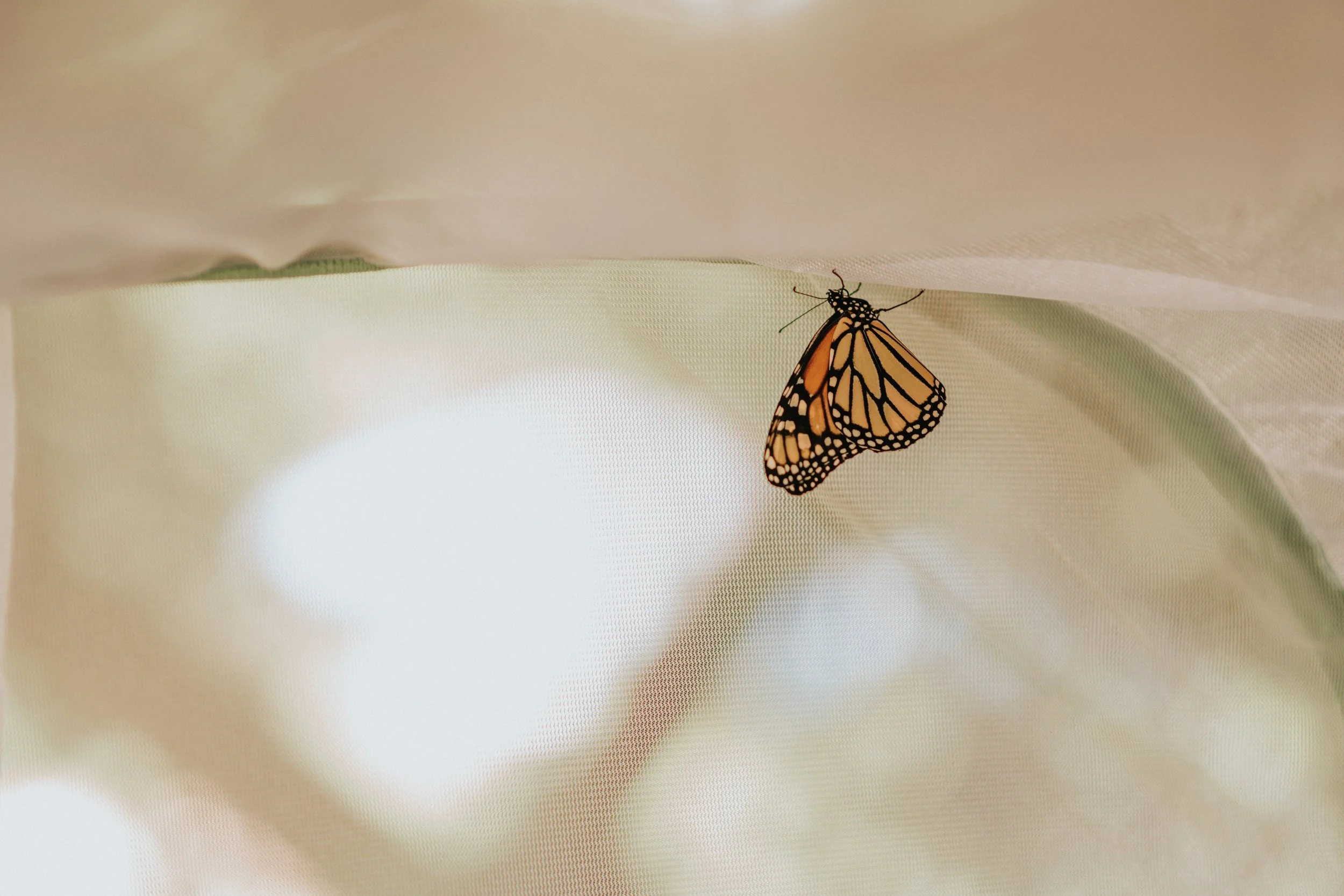WHILE STROLLING THROUGH THE DUNLAWTON SUGAR Mill Gardens, don’t be surprised to see a prehistoric sloth peeking through the trees or a wonky T-Rex baring its teeth. They’re among the few survivors of Bongoland, a strange, short-lived theme park.
Even before Bongoland, this plot of land had an intriguing history. Patrick Dean, an immigrant from the Bahamas, purchased a 995-acre piece of land in 1804 to grow cotton, rice, and sugarcane. After his violent death during the First Seminole War in 1818, the plantation passed through several hands and the land was divided into smaller portions.
In the 1940s, some of the land was leased to Dr. Perry Sperber, who worked as the first dermatologist in Daytona Beach and had a keen interest in dinosaurs—he even published the book Sex and the Dinosaur, which described how modern animals could be related to the prehistoric reptiles. Sperber wanted to revive the place and turn it into a theme park, so he enlisted Manny Lawrence to create huge dinosaurs and other prehistoric animals.
Lawrence crafted life-sized beasts out of chicken wire and concrete, which towered over the few tourists who trickled through. The park also included a recreated Seminole village, the historic sugar mill ruins, and live animals, including its namesake baboon. A miniature train whisked visitors by the attractions.
But as it turns out, this strange mishmash of exhibits wasn’t enough to draw in a crowd. In 1952, just five years after it opened, Bongoland closed. The concrete dinosaurs managed to defy nature and have withstood the test of time.
https://www.atlasobscura.com/places/bongoland-ruins

























































































